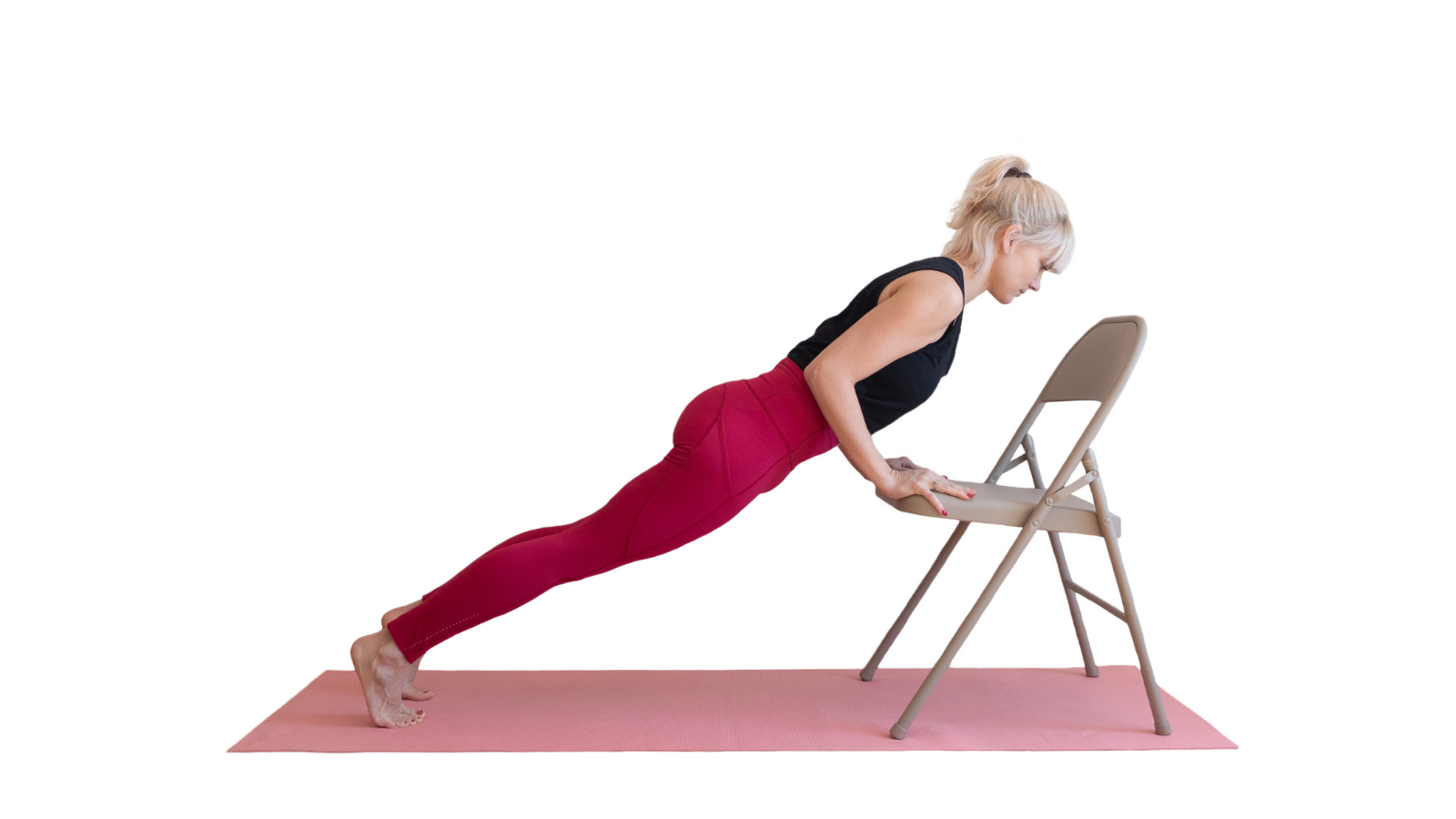Yoga and 4 Benefits of the Pomodoro Technique

Article At A Glance
Writer and yoga teacher Eve Johnson shares how she uses the Pomodoro technique and her chicken timer to complete tasks and add many benefits to her yoga practice all with lovely one-pointedness.
 When I write these blog posts, most of the time, I do it to the sound of a small red kitchen timer shaped like a chicken. Cranking the timer is a signal that the work is going to begin, and the ticking creates a reassuring sound barrier. It tells me that I can put everything else aside and focus on what I’m doing. I set the timer for 25 minutes, and when it rings, I get up and walk away from the desk for a five-minute break.
When I write these blog posts, most of the time, I do it to the sound of a small red kitchen timer shaped like a chicken. Cranking the timer is a signal that the work is going to begin, and the ticking creates a reassuring sound barrier. It tells me that I can put everything else aside and focus on what I’m doing. I set the timer for 25 minutes, and when it rings, I get up and walk away from the desk for a five-minute break.
Sometimes, I spend five minutes on the Sisyphean task of clearing the dining room table. Sometimes, I unload the dishwasher or put in a load of laundry. On other breaks, I might do a spinal stretch at the kitchen counter or a sequence of Child’s Pose (Balasana) to Downward Facing Dog Pose (Adho Mukha Svanasana) to Standing Forward Bend Pose (Uttanasana), or any other five-minute yoga practice that feels right. Sometimes, I lie on the floor and roll my upper back on tennis balls. Then I’m back, time permitting, for my next 25 minutes with the chicken.
This is my modest practice of the Pomodoro Technique, invented by Francesco Cirillo, an Italian computer programmer.

What is the Pomodoro Technique?
When he was a student in the late 1980s, Cirillo became overwhelmed by deadlines and looming exams. In a stroke of genius, he realized that his enemy was not time but distraction. He decided to challenge himself by setting a timer and concentrating for just 10 minutes. The timer at hand happened to be a kitchen timer in the shape of a red tomato, hence the name Pomodoro Technique.
Over the next few years, he refined and developed the technique and wrote an instruction manual for it, which you can download for free from his website. Ideally, Pomodoros are done in four sets with a longer break, up to half an hour, when the fourth set is finished. And there’s a system for estimating and keeping track of how many Pomodoros your task will take.
Cirillo now has a company that teaches how to quickly create effective software and an educational branch that focuses on teaching the Pomodoro Technique.
Yoga and the Pomodoro Technique
Although it comes out of a software background, I’d argue that there’s a lot for a curious yogi to learn from Cirillo’s technique. Here are four good places to start:
1. The Pomodoro Technique is good for your body.
Any sedentary work needs to be regularly broken up with movement. When I’m focused on writing, I forget everything I know about good posture. The two most surprising things I notice when the chicken rings are, first, how hard it is to get up and tear myself away, and second, how bad my posture becomes when I’m not paying attention to it. Taking a break after 25 minutes means my desk posture doesn’t have much of a chance to settle in.
2. The Pomodoro Technique Promotes Concentration (Dharana), Which is the Sixth of the Eight Limbs of Yoga.
Almost all of us, almost all of the time, the biggest problem we face is keeping our minds engaged in the task at hand, whether it’s studying for an exam, focusing on our alignment in Triangle Pose (Trikonasana), or watching our breath in sitting meditation.

Dharana, or concentration, is the first of the three internal limbs, and like all the other limbs of yoga, it’s a practice. Whether focusing on an object in meditation or focusing on a task as you complete a Pomodoro, the more you practice concentration, the better you get.
3. It Gets You in the Habit of Shifting Your Mental State.
A large part of integrating yoga into daily life is understanding the yogic view of reality. This means continually distinguishing between pure awareness and the pressing, urgent issues that are tugging at your pant legs.
Every 25 minutes, the timer tells you to come up for air and consciously change your mental state. That provides you with a call to consciousness as many times as there are Pomodoros in your day.
4. Two of the Rules of the Pomodoro Technique are also Among the Most Important Unwritten Rules of Yoga Practice
• Results are achieved Pomodoro after Pomodoro.
• The next Pomodoro will go better.
Results are achieved practice after practice, and when you keep at it, day by day, the next practice will go better, too.
Also, read...
4 Easy Ways to Use a Sandbag in Yoga Practice
Exercise and Longevity: Diversify Your Yoga Practice for Maximum Benefits
Glute Amnesia: Yoga for Your Forgotten Rear
Related courses
Breath as Medicine: Yogic Breathing for Vital Aging
Yoga and Myofascial Release: Releasing Chronic Tension with the Bodymind Ballwork Method

Eve Johnson taught Iyengar Yoga for 18 years before being introduced to Spinefulness in 2016. Convinced by the logic, clarity, and effectiveness of Spinefulness alignment, she took the teacher training course and certified in July 2018. Eve teaches Spineful Yoga over Zoom and offers an online Spinefulness Foundations course. For course information, go to http://spinefulness.ca.



